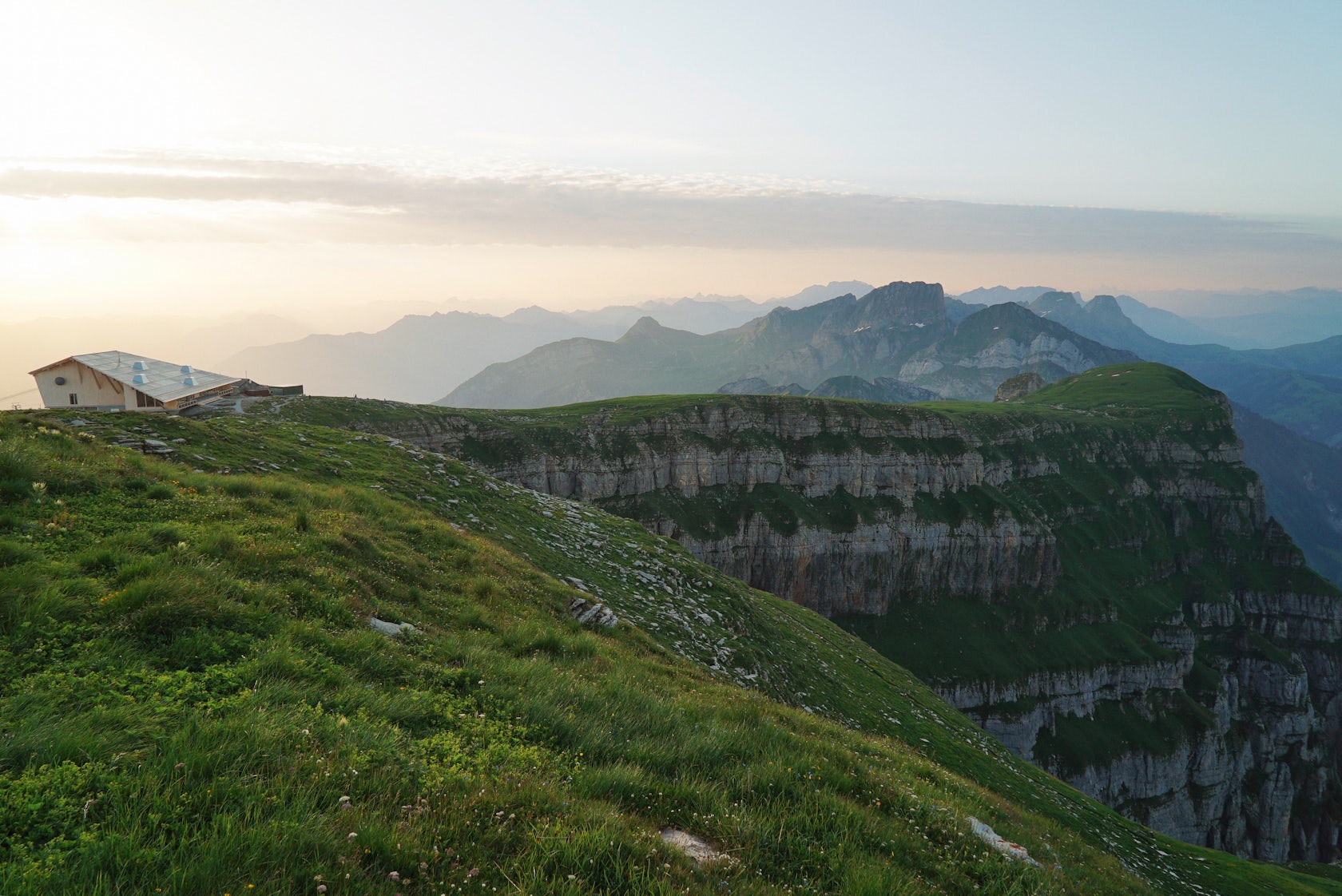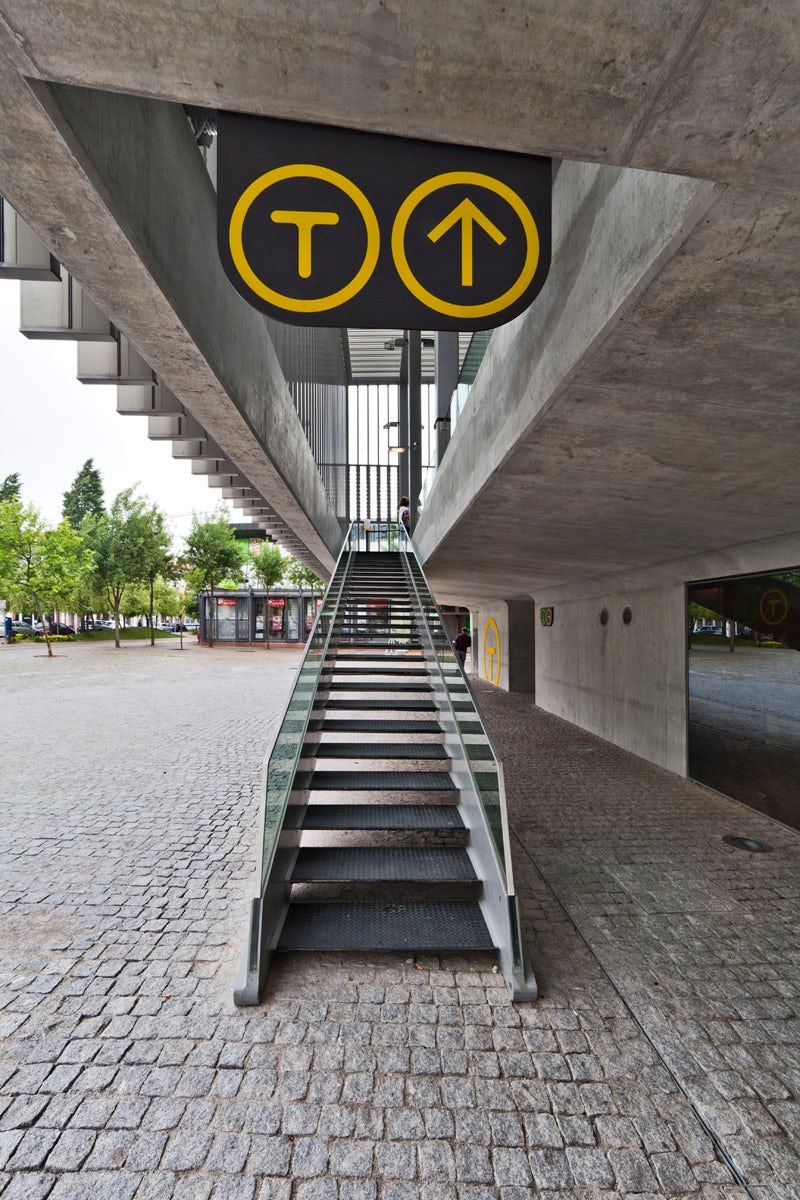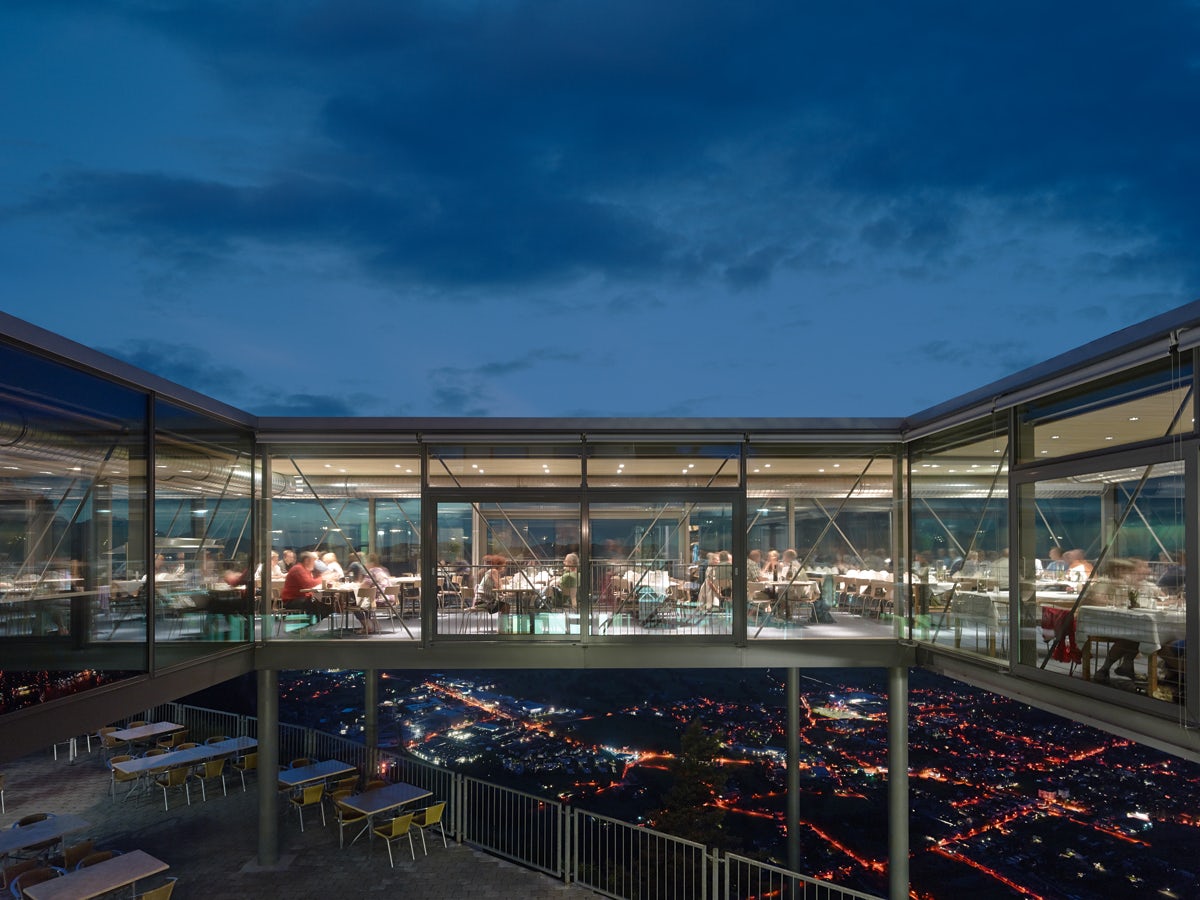The airborne capsules that have transported skiers to-and-fro through the alps for a large part of the last century are likely to play a large part in the future of urban transportation. Cable-drawn aerial transportation doesn’t require a lot of infrastructure or space and is cheaper and quicker to build than ground public transportation. Venturing out of the mountains and into the urban landscape, the golden age of gondola transportation may just be around the corner.
While cable-drawn transport first crept into cities nearly 150 years ago, the technology retreated to the mountainside as the 20th century progressed. While the aerial transit never entirely disappeared from the cityscape (projects such as the Roosevelt Island Tramway were implemented), it continued to be popular primarily among urban centers abreast hilltop monuments such as Rio’s 1912 Sugarloaf or Bogota’s 1955 Monserrate.
The gondola renaissance began in 2004 in Medellín, Colombia, when the city built one to connect a sprawling hillside neighborhood to the trunk line of the metro. The introduction of the pulley lines proved to be so successful that two more lines were constructed. In turn, the city garnered an international reputation as the Innovation City of the Year, becoming an influence among urban thinkers and representatives alike.
Thereafter, aerial tramways began to pop up in other Colombian cities, then in other South American countries, and eventually around the world. Examples include London’s aerial cable crossing the Thames, Portland’s university tramway, Rio de Janiero’s Sugarloaf cable car, and the soon to be completed cable transportation system in the French cities of Brest and Toulouse.
This collection highlights some of the new cable car systems popping up in cities around the globe. High above the sky, these projects demonstrate how these cost-effective transportation systems provide a pleasant and effective way of getting around the city.

© Katalin Deér

© Katalin Deér

© Katalin Deér
Chäserugg Cable Car Station by Herzog & de Meuron, Walenstadt, Switzerland
Resting atop the easternmost of the mountains that make up the Churfirsten Massif, this summit building contains a restaurant and an adjoining terrace with panoramic views and a hall available for concerts and other cultural events. Surrounding the 1970s-built cable car station, the building was designed in reference to the heritage of its Alpine setting by locally sourcing spruce wood and employing local craftsman.

© Roland Baldi Architects

© Roland Baldi Architects

© Roland Baldi Architects
Ropeway Merano 2000 by Roland Baldi architects, Merano, Italy
Located on a granite mountain in near Merano, this ski lift center is comprised of two terminals: one in the valley and one at the summit. The summit station is clad in a porous metal skin that exposes the lift’s mechanical systems. In the night, the permeable cladding glows from within, becoming the luminous focal point in Monte Ivigna.

© Guedes + DeCampos

© Guedes + DeCampos

© Guedes + DeCampos
Gaia Ropeway Cablecar by Guedes + DeCampos, Vila Nova de Gaia, Portugal
With the aim of energizing the site and providing easier mobilization for tourists, the new cable car stations connect the wine lodges and riverfront with the metro and Serra do Pilar. Depending on the viewpoint, the slatted façade allows light to filter through different patterns of transparency and opacity according to the changes in light throughout the day.

© Marks Barfield Architects

© Marks Barfield Architects

© Marks Barfield Architects
Greenwich Gateway Pavilions by Marks Barfield Architects, London, England
Located on the southern edge of Peninsula Square, the Gateway Pavilions acts as a gateway leading south to the cable car and park. Linking the pair of curved glass pavilions, the clear-span canopy emanates the geomagnetic lodestones which were used as early compasses in the voyages of the maritime heritage for which Greenwich is famous.

© Zooey Braun

© Zooey Braun

© Zooey Braun
Panoramarestaurant Karren by Architekten Rüf Stasi Partner, Dornbirn, Austria
Jutting out over the edge of Karren Mountain in the Austrian Alps, this steel-and-glass restaurant extension was added to increase the size of the dining room at a timber-clad restaurant and cable-car facility. Elevated above a paved terrace, the new restaurant is connected to the main building through a glass passageway that is held up by steel columns rooted in the mountainside.

© Studio Stefano Scarani Designer

© Studio Stefano Scarani Designer

© Studio Stefano Scarani Designer
THE COLORS OF THE SNOW by Studio Kontract, Rieti, Italy
For the 150th anniversary of the “Unità d’Italia” (Unification of Italy), Mount Terminillo was illuminated to reflect the Italian flag on the mountainside. Three streams of light were installed on top of the cable car terminal, coloring the space that has become the symbol for the historical event.




